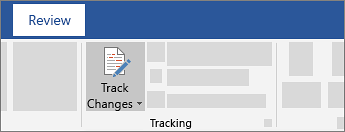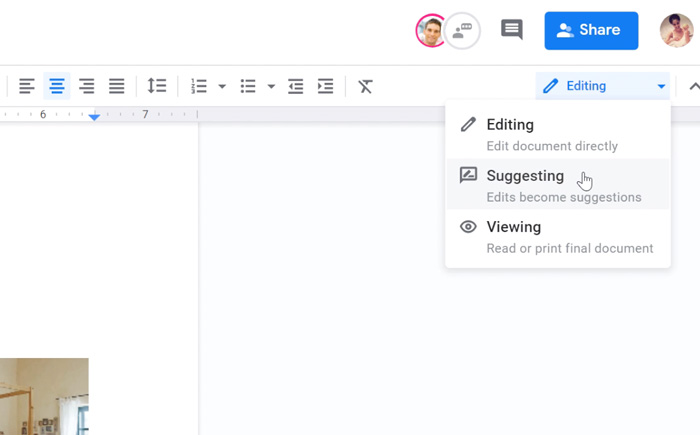

Or, open the drop-down menu for the suggestion and select Change All to change every instance of the spelling error.

The available categories will depend on your selections in the Grammar Settings dialog box (see figure 7).Ĭategories with a checkmark don’t have any suggestions. Select the Corrections or Refinements category you want to review.Or, skip to step 4 to review by category. Select the Editor Score (see figure 12) to review each of the recommendations starting from the current placement of your cursor.
#CHANGING BACK FROM EDIT MODE WORD PRO#
Pro Tip: Use the Formal writing option for the strictest edit even on less formal writing because you can always ignore suggestions-but you can’t ignore suggestions you never see. Your Editor Score will change based on your choice of formality. Casual-The Editor will apply the fewest number of grammar and refinement rules, resulting in the fewest recommendations.Professional-The Editor will apply most of the grammar and refinement rules, resulting in fewer recommendations than the Formal option.Formal-The Editor will apply all the grammar and refinement rules, resulting in the most recommendations.(Optional) Select a level of formality from the drop-down menu.Therefore, you may choose to disregard this number while working with the Editor. This score will change based on choices you make within the Editor Pane. The Editor Pane will appear on the right side of your screen. (The Editor button is also available in the Proofing group on the left end of the Review tab.) Now that you have decided how you want Word to proof your document, you can run the Editor. Select the OK button to close the Word Options dialog box.

Select the OK button to close the Grammar Settings dialog box.

However, the Microsoft Office Support website provides a detailed explanation for many of the options sorted by language.
#CHANGING BACK FROM EDIT MODE WORD HOW TO#
How to Select Grammar Issues and Refinements


 0 kommentar(er)
0 kommentar(er)
